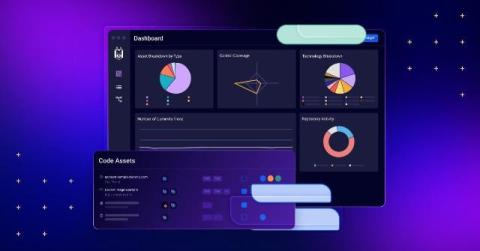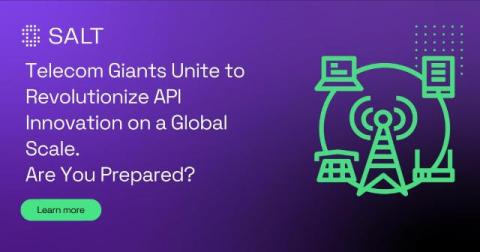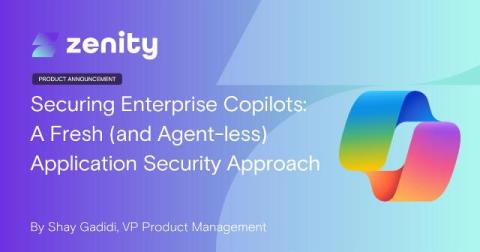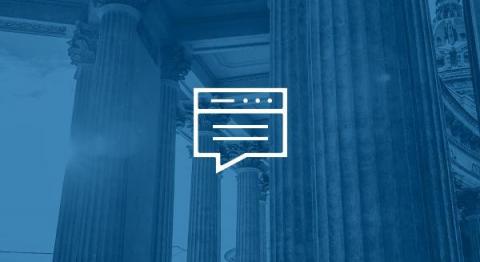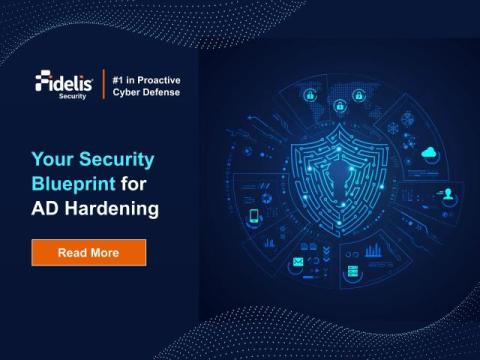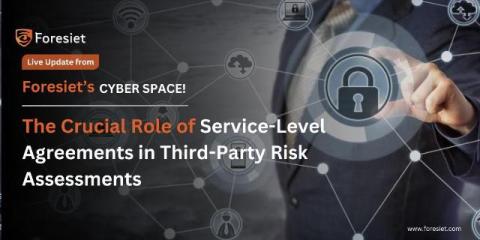3 best practices to make the most of Snyk AppRisk Essentials
Thousands of our customers are leveraging Snyk to implement their DevSecOps and shift-left strategies. However, with the increasing speed and complexity of applications, we also know it’s harder to stay in sync with development. It is increasingly difficult to maintain a clear view of all the software assets being developed, identify ownership and their importance to the business, and, most importantly, ensure that these assets are properly secured by Snyk.


